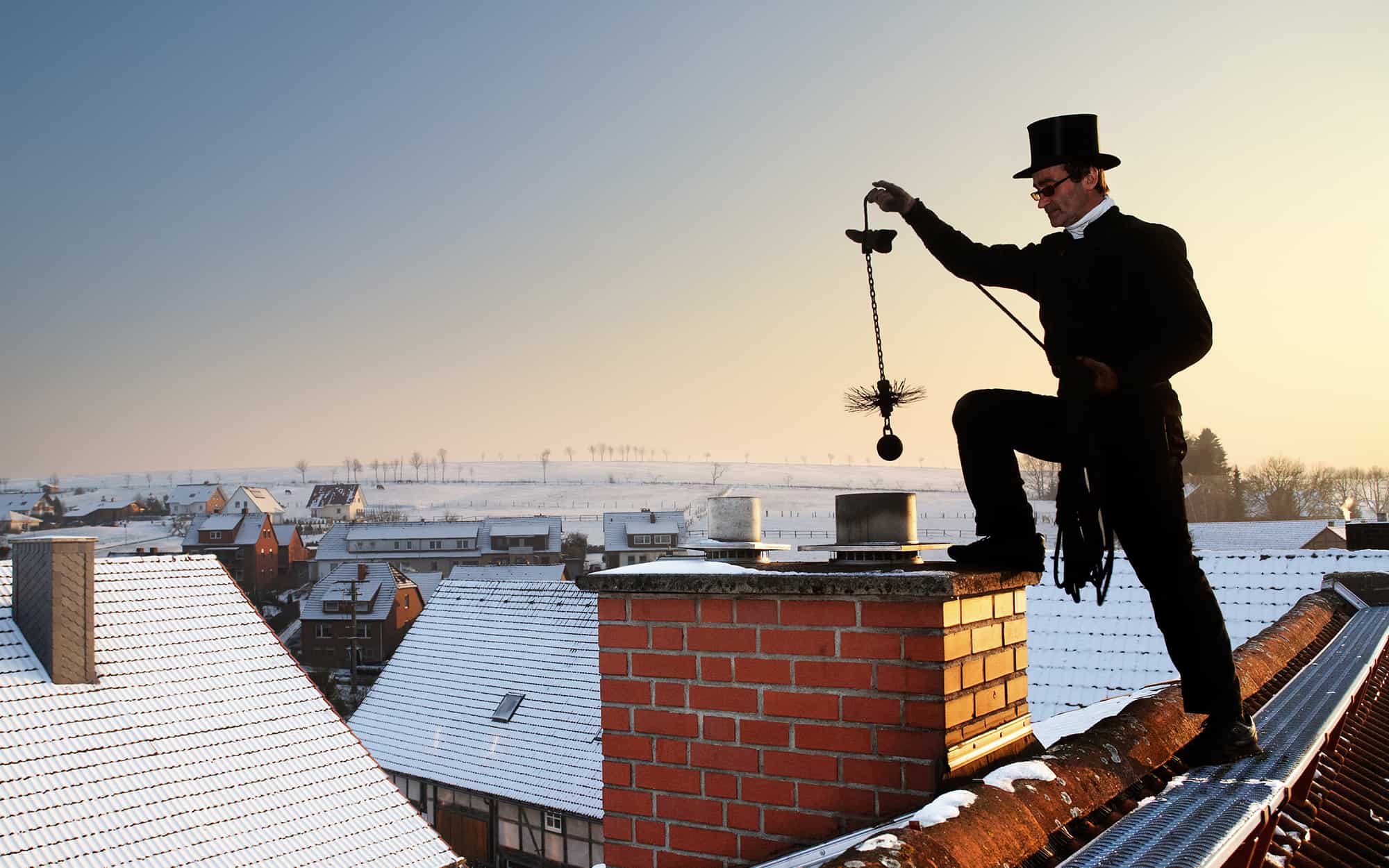The Ultimate Chimney Maintenance San Jose List for Satisfaction
The Ultimate Chimney Maintenance San Jose List for Satisfaction
Blog Article
Specialist Tips for Effective Smokeshaft Maintenance You Required to Know
Chimneys offer as critical elements in numerous homes, offering warmth and comfort. From the significance of regular inspections to risk-free operational methods, a comprehensive method to smokeshaft maintenance is necessary.
Value of Regular Inspections
Routine evaluations of smokeshafts are necessary for guaranteeing their security and performance. Chimneys play a crucial role in venting out hazardous gases and preserving proper air flow in a home. With time, creosote accumulation, particles, and structural damage can take place within the chimney, posing severe dangers such as chimney fires or carbon monoxide gas leaks.
Throughout a smokeshaft assessment, trained experts assess the condition of the chimney, looking for any type of indicators of damage, obstructions, or wear and tear. They likewise examine the integrity of the flue, chimney lining, and chimney cap to make sure everything is in proper working order. By determining and addressing problems at an early stage, costly repair services or possible hazards can be avoided.
Routine assessments not only aid in keeping the security of the chimney however also add to its general efficiency. A properly maintained and tidy smokeshaft runs better, making sure proper ventilation and decreasing the danger of interior air pollution. Organizing annual chimney evaluations is a positive action that homeowners can take to protect their property and liked ones.
Cleansing Strategies and Regularity
Keeping the safety and security and performance of a chimney involves not only regular evaluations but also applying ideal cleansing methods and identifying the optimal frequency for cleaning. Smokeshafts must be cleaned up by a professional chimney sweeper a minimum of yearly, even if they are not frequently used. Nonetheless, if the smokeshaft is used frequently, particularly with wood-burning ovens or fire places, it may require more frequent cleansings to avoid the buildup of creosote, a highly combustible compound that can result in chimney fires.
Home owners should never overlook chimney cleansing, as it is vital for maintaining a secure and practical smokeshaft system. Normal cleansings not only lower the threat of smokeshaft fires yet additionally enhance the smokeshaft's total efficiency and long life.
Addressing Chimney Leaks

When dealing with smokeshaft leaks, thorough examination and prompt repairs are vital to avoid water damages and preserve the architectural honesty of the chimney,. Leakages in a chimney can cause severe issues such as mold and mildew development, wear and tear of the chimney framework, and even possible fire risks. To effectively resolve chimney leakages, start by checking the chimney cap, crown, flashing, and stonework for any kind of signs of damage or wear. Smokeshaft caps ought to be firmly in position to stop water from going into, while the crown this content and blinking should be intact and effectively sealed. Any kind of splits or voids in the masonry ought to be fixed original site promptly to stop water infiltration. Furthermore, take into consideration waterproofing the smokeshaft to provide an additional layer of defense versus moisture. Normal maintenance and inspections can help identify and address chimney leaks early, saving you from pricey repair work and making sure the safety and security and long life of your smokeshaft.
Recognizing Creosote Accumulation
To understand the possible dangers of creosote build-up in smokeshafts, it is important to recognize its development process and impact on smokeshaft efficiency. Creosote is a brown or black tar-like substance that collects inside chimney systems when wood or nonrenewable fuel sources are melted. As smoke climbs via the chimney, it condenses and cools down, resulting in the formation of creosote, which follows the chimney walls.

Regular chimney evaluations and cleansings by a professional chimney sweeper are essential in avoiding creosote accumulation and guaranteeing the safe procedure of your smokeshaft system.
Safe Operation Practices
Executing correct security methods is vital for the safe and secure and effective procedure of smokeshaft systems. Always guarantee that the chimney is expertly evaluated and cleaned on a regular basis to get rid of any type of creosote build-up, which can lead to smokeshaft fires.
Furthermore, make sure to just shed seasoned wood in your fire place, as damp or green wood can generate more creosote and cause hazardous smokeshaft blockages. Lastly, never leave a fire ignored and always ensure the fire is completely extinguished before going to bed or leaving the house. By complying with these risk-free operation techniques, you can delight in a warm and relaxing fire while making sure the safety of your home and loved ones.
Final Thought
Finally, maintaining your smokeshaft is essential for guaranteeing its security and effectiveness. Normal evaluations, proper cleansing methods, dealing with leaks, handling creosote build-up, and following risk-free procedure methods are key facets of smokeshaft maintenance. By remaining on top of these jobs, you can stop potential hazards and lengthen the lifespan of your smokeshaft. It is crucial to prioritize smokeshaft maintenance to maintain your home secure and warm throughout the chillier months.
Over time, creosote accumulation, debris, and architectural damages can happen within the smokeshaft, positioning significant risks such as best site smokeshaft fires or carbon monoxide leaks.
If the smokeshaft is made use of on a regular basis, especially with wood-burning ranges or fire places, it may need even more frequent cleansings to stop the build-up of creosote, a highly flammable compound that can lead to smokeshaft fires. (Chimney Maintenance San Jose)
To recognize the potential risks of creosote accumulation in smokeshafts, it is important to recognize its formation procedure and influence on chimney performance. As smoke climbs via the smokeshaft, it condenses and cools, leading to the development of creosote, which sticks to the chimney walls.
Always make sure that the smokeshaft is professionally examined and cleaned up regularly to remove any type of creosote accumulation, which can lead to chimney fires.
Report this page